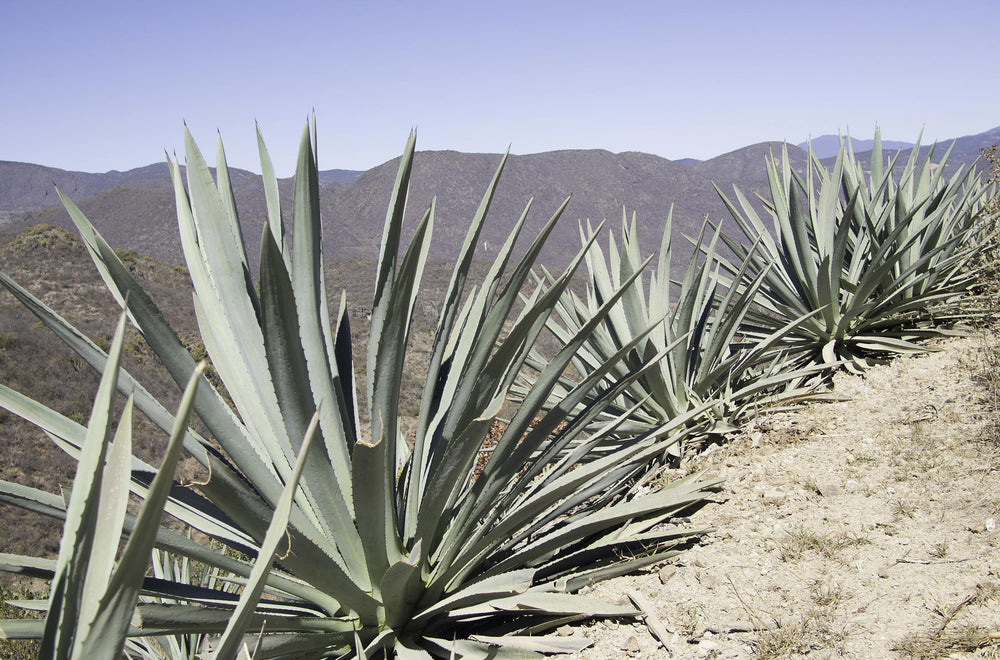Alcohol, however controversial it may be, commands the attention of the masses in nearly every culture. Whether seen as good or evil, alcohol is something most people either want, want to stay away from, or both. It is powerful. Alcoholic beverages have had more influence on civilization than most governments could ever dream to have. Beer was the first drink humanity could count on to not be filled with life threatening bacteria, so people were essentially drunk for centuries. Moreover there’s the widely accepted idea that the distillation of spirits was the catalyst for modern chemistry and even the current state of science in general. So we won’t debate if alcohol is good or bad because we all know that it doesn’t care what we think. Instead we shall drink. So, what is our drink of choice you ask? Mezcal. It’s all the rage, and it has gained a ton of fans in the past five years or so. Even Mexico City has recently experienced a surge in the spirit’s popularity. A drink colloquially said to go with “everything bad, and everything good, too,” it’s no wonder cities around the world are warming up to mezcal. New York City serves it with grasshoppers covered in cheese, Los Angeles makes decadent cocktails with small batch mezcal made from rainwater, and San Francisco bartenders claim that you’re not really even a bar if you don’t serve it. Mezcal has gone from obscurity to scarcity nearly overnight, and its repute is only improving.




Although the creation myth of mezcal is a godly one originating from a bolt of lightning flung by the gods at the agave, it was more humbly served by its originators as a sort of hooch combined with worms, scorpions, or rattlesnakes to increase the drinkers virility. Mezcal now compares more readably to a bottle of Pappy Van Winkle in both price and popularity. Rather than visiting a dirty little palenque in a rural village to get a taste of the Mexican fire water, modern connoisseurs flock to hip bars that specialize in curating amazing selections of the drink. Ironically, the mezcal selections can sometimes be differently named and priced bottles that actually come from the same manufacturer. Yeah, people are selling mezcal in bulk and then letting their purchasers slap their own label on it. This might be why it’s important to know how your mezcal should both taste and smell. Mezcal, just like tequila (actually tequila is just a type of mezcal), is made from the agave plant, specifically the maguey. People are frequently confused about the agave. It is neither a cactus nor a hallucinogen. There are over a hundred species of the plant, and the vast majority of them grow in Oaxaca. The process of baking the hearts, or piñas, of the maguey in an earthy and large oven dug into the ground gives the drink a distinct smoky taste and smell. So, if your mezcal smells like sugar cane, you know it’s not pure. I guess, like cocaine, the price mezcal can fetch encourages a loss of integrity in its distributors, but at least it’s not cut with baby laxatives.


The taste and quality of mezcal can both certainly vary. Some tasting notes include acidic, citrusy, sweet, honey scented, woody, and, smoky to name a few. However many say that the smokiness and the fact that mezcal tastes distinctly Mexican, exhibiting the same terroir as a fine wine or specialty tobacco, are what make it so interesting. Those aspects coupled with its artisanal production are what sculpt the drinker's new found fanaticism. Mezcal isn’t mass produced like it’s progeny, tequila, but it’s instead made with care in smaller batches often embellishing eccentricities. Mezcal is like craft beer; it is a delicious alternative to the commonplace varieties, but it seems to give the drinker a certain je ne sais quoi that they can’t resist about themselves. How people drink mezcal might make it seem snooty like craft beer too, except that it’s quite a bit sloppier. Mezcal get’s you wasted. You can of course sip and savor the flavor, but eventually you’re going to get drunk on a sampler of 80 proof spirits. And the hangover is nearly as famous as the drink. That’s okay though. In Mexico, a hangover gives you an excuse to eat something super toothsome, like menudo and tacos de cabeza accompanied by a huge styrofoam cup of jamaica (the perfect hangover cure). Achieving celebrity so swiftly has been hard on mezcal. Investors and more affluent producers have recognized the clamor for more and are working hard to fill the demand. This not only means that some are diluting their product, but it also means that a strain has been put on the raw materials, on the hundred-twenty plus varied species of maguey plants. If the upswing of popularity continues to grow the way it has, the cultivation of the plant will have to keep up or certain kinds of mezcal might disappear completely. We can only hope that entrepreneurs and investors don’t exploit the mescaleros and the more rare maguey right out of existence. Thankfully there are groups like Mezcaloteca that help to educate consumers in order to “preserve the different categories and the enormous biological wealth and culture this liquor has developed in Mexico.” Hopefully the halcyon times of mezcal’s recent past do not become its demise. Nevertheless, it’s here now, so raise a glass and don’t make plans for tomorrow.





